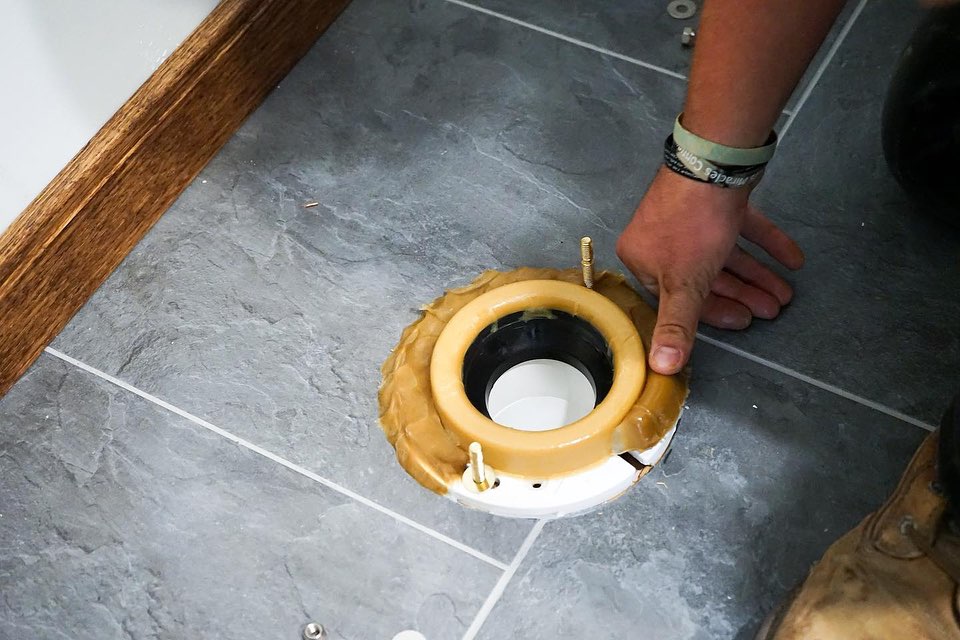An important plumbing service we provide our customers is repiping in Rochester, NY to replace aging and outdated pipes. There are many older homes in Rochester and the surrounding areas that we serve that contain outdated pipes, and homeowners often don’t know about these ancient water conduits until disaster starts to strike.
If you have these outdated pipe materials in your house, we want you to know about it. Let’s look at the four main types of outmoded plumbing materials that may lurk in your home if it’s old enough. When you want experts to look into your pipes and help you to replace them, reach out to our team.
Cast Iron: Rusty Relics
Iron pipes ruled the world of plumbing for millennia. Cast iron, an iron-carbon alloy that became the main type of iron for plumbing systems, was popular for centuries as the top type of pipes for homes and businesses.
However, time isn’t kind to cast iron because of a simple problem: rust. Over time, cast iron pipes will corrode and rust, jeopardizing their integrity and leading to multiple leaks. You can expect cast iron pipes to decay after around 50 years, possibly earlier. They also fell out of popularity because they’re far heavier than newer materials and they’re costly to replace. If you’ve got cast iron pipes in your home, you want them left in the past.
Galvanized Steel: Corrosion Culprits
The main pipe material used to replace cast iron was galvanized steel. This is steel with a protective zinc coating to help hold off corrosion. At first, this was an excellent replacement choice—but over time galvanized steel started to show it had its own problem, starting with that zinc coasting. The zinc layer decays with age, and that leaves the steel defenseless against corrosion.
This also creates a water toxicity problem, which is one of the reasons that outdated civic infrastructure continues to lead to water quality problems. Galvanized steel wasn’t the magic replacement people thought it was, and if youre home is more than 50 years old, it may have these pipes in it.
Lead: Toxic!
Did you know that some historians think the reason the Roman Empire declined was because of lead in their water supply from pipes? This is almost certainly untrue—but still, nobody wants to have lead getting into their water supply. It’s harmful, especially for cognitive development in children. This is the pipe material you most want to get rid of.
Polybutylene: Plastic That Didn’t Make the Grade
Ah, plastic pipes—they came to the rescue of home plumbing (along with lightweight and corrosion-resistant copper) in the 1970s and ‘80s. But not all plastic pipe materials have proved as effective as CPVC and PEX. There’s polybutylene, a popular plastic material used in the 1980s in many homes because it was inexpensive and easy to work with.
Once again, time revealed a flaw: polybutylene ages fast and turns brittle so it breaks easily because of exposure to chlorine in the water and UV rays. These pipes can soon become water leak nightmares, and they haven’t been installed since the 21st century started. They’re easy to identify because of their gray color, and we recommend getting all these pipes replaced if they’re in your home.
Call Triple-O Mechanical: Your One-stop Shop for HVAC, Plumbing and Electrical.

